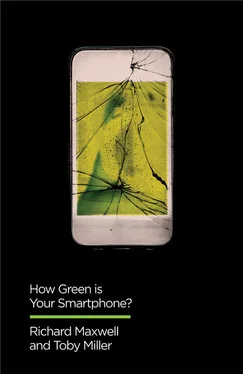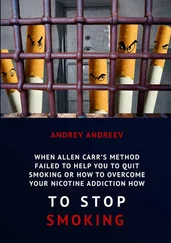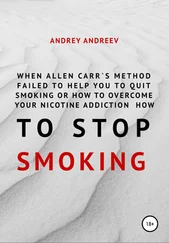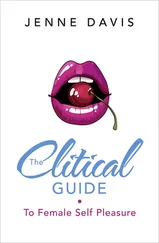This massive, conflictual expansion in meaning has generated a wide array of instrumental uses. So, green environments are promoted as exercise incentives (Gladwell et al., 2013), encouragements for consumers to use quick-response codes (Atkinson, 2013), ways of studying whether plants communicate through music (Gagliano, 2012), attempts to push criminology toward interrogating planetary harm (Lynch et al., 2013), gimmicks for recruiting desirable employees (Renwick et al., 2012), and techniques for increasing labor productivity (Woo et al., 2013).
In accord with this expansion, Green political parties now address labor conditions, immigration policies, human rights, industrial growth, and climate science (Miller, 2015). That does not mean the origins of the term are lost – simply that the material state of play has required this semantic expansion due to an accretion of meaning over time and space, as the state of our crisis becomes clearer, both to science and to activism. In short, “green” has come to stand for the good life – not merely our own, but that of our fellow animals and our collective descendants yet to be born. It stands for a new solidarity that takes off from climate science to seek a better, more secure future that transcends the usual homilies and shibboleths of individual agency or investor returns.
Climate science leaves little doubt that humans have made the Earth an inhospitable place for life to flourish. The latest, and most urgent, report from the United Nations Intergovernmental Panel on Climate Change warns that we have about twelve years to make radical changes to our carbon-emitting ways, or disaster awaits (Watts, 2018). The US National Climate Assessment, a project of thirteen Federal departments and agencies, reports that the country faces imminent risks from rising sea levels, wildfires, drought, floods, atmospheric warming, and a weakening of its ecosystems’ ability to absorb carbon emissions and other greenhouse gases (US Global Change Research Program, 2018). Ninetyseven percent of scientists say humans are responsible for global warming and must radically change our behavior to save the planet’s biosphere, ecosystems, and inhabitants. There is a disturbing gap between these urgent warnings from climate scientists and public awareness of the ecological crisis. Equally alarming is the fact that recent surveys show the US population believes only 49 percent of scientists subscribe to the reality of climate change, with over a quarter erroneously discerning “a lot of disagreement” among them (Marlon et al., 2018).
Public uncertainty is a powerful inhibitor of political action and contributes to acceptance of atmospheric warming. But there is hope. Americans are increasingly concerned by global warming, even if most do not understand its causes. Perhaps this anxiety is inevitable as we experience increasingly extreme weather systems, destructive “natural” events, and ecosystem losses associated with climate change (Schwartz, 2019).
There is also a spirited and growing green youth movement around the world protesting political inaction over the eco-crisis. Young activists are standing up to billionaires and Jurassic politicians, telling them to their faces to cut the bullshit and act on the science (Wearden and Carrington, 2019). A generation born in an era of peak disaster from global warming will not tolerate the craven politics of world leaders beholden to barons of industry and finance, fossil-fuel giants, and technology moguls. Tens of thousands of Western European school pupils went on strike in the winter of 2019 with the slogans #FridaysForFuture and “There’s no Planet B” (“Children’s Climate,” 2019). Hence also women deciding to #BirthStrike because they feel unable to guarantee climate security to future generations (Doherty, 2019), and the efforts of Extinction Rebellion. 5Their task is huge – UN Secretary-General Antonio Guterres warns that the political will to combat climate change is “fading” (quoted in “Political Will,” 2019). Public support for action to stem our eco-crisis remains a work in progress, building slowly as people come to grasp the urgency of a planetary problem. But there are signs of a new citizenry ready to act on their environmental commitments. Nature and the British Medical Journal alike drew inspiration from #FridaysForFuture (Fisher, 2019; Stott et al., 2019).
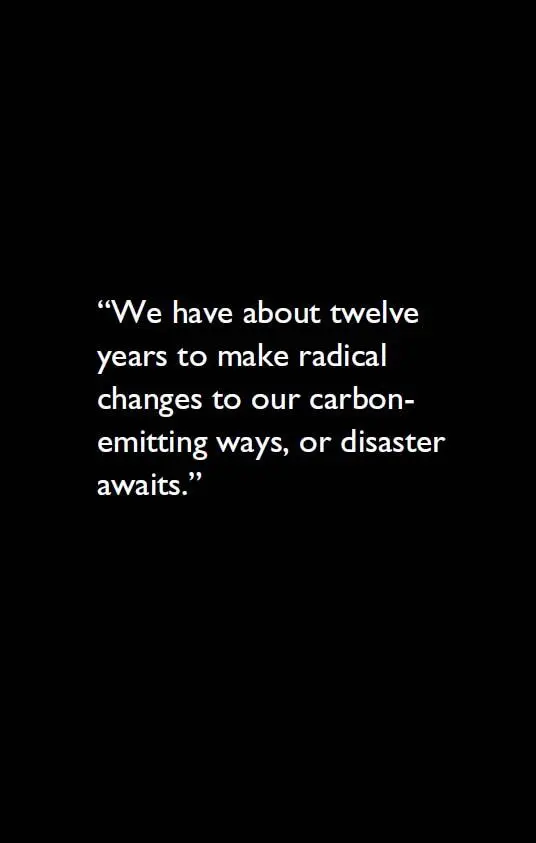
The Book You Hold in Your Hands
How Green Is Your Smartphone? is informed by the logic and research of climate and environmental science and political-economic and ethnographic social science, the ethical and political commitments of environmental movements, and young activists’ zero tolerance for the status quo as they seek new economic arrangements and green environments for work, rest, and play.
We’ve been teaching about these issues in several countries for over a decade, and have not always found it easy to narrow the gap between scientific and public knowledge, especially when questioning cellphones. They have become part of people’s very senses of self. Hence a polemical volume that takes a side in this elemental struggle, at the same time as it strives to communicate the current state of academic agreement and disagreement, alongside the work of governments, activists, and the media.
Of course, many people don’t think about the fate of the Earth. We didn’t write this book for them. They might pick it up just the same: like most people, they own a cellphone. Those who do so will discover that a crucial, pocket-sized part of their electronic lives is connected to a whole world in need of help. For we hope that this wee polemic will show that even the smallest changes to how we think about our digital world can contribute to a new understanding of the good life – one that prioritizes the biosphere, ecology, and a balance between human existence and the Earth’s lifesupport systems.
We remain some distance from that goal. In the early twenty-first century, the good life continues to be defined by material growth based on consumerism. The smartphone stands out in that seductive laissez-faire fable as a symbol of progress and plenitude. By contrast, this book examines the material reality and social impact of these digital technologies, with a particular focus on environmental risks linked to cellphones and similar devices.
We’re not interested in shaming users, or returning society to a time prior to mobile communication. We want to explain the environmental risks associated with these devices in a social context, and how they can be reduced. Our aim is to delineate a role for the smartphone in a greener communications system. Understanding the material characteristics of smartphones helps us identify guidelines to make them greener, on personal and planetary scales alike.
The chapters that follow urge readers to:
Outsmart your smartphone
Acknowledge that the greenest smartphone is the one you already own; and
Call bullshit on anti-science propaganda
Mobile cellular communication relies on network connections. Radiofrequency radiation bounces back and forth from our phones to cell towers and wireless transmitters. Exposure to this radiation has been linked to potential health risks, including cancer. We can reduce such possibilities, even without clear guidance from the industry or its regulators.
The Federal Communications Commission (FCC), which certifies cellphone safety in the US, says “no scientific evidence currently establishes a definite link between wireless device use and cancer or other illnesses” (Federal Communications Commission, 2018). If this is true, why does it issue guidelines that limit public exposure to radiofrequency radiation? Cellular telephones must not surpass radiation levels of 1.6 watts per kilogram (W/kg), which is an average of energy absorbed by one gram of tissue according to the US testing standard (Federal Communications Commission, n.d.). This is known as the Specific Absorption Rate (SAR).
Читать дальше
